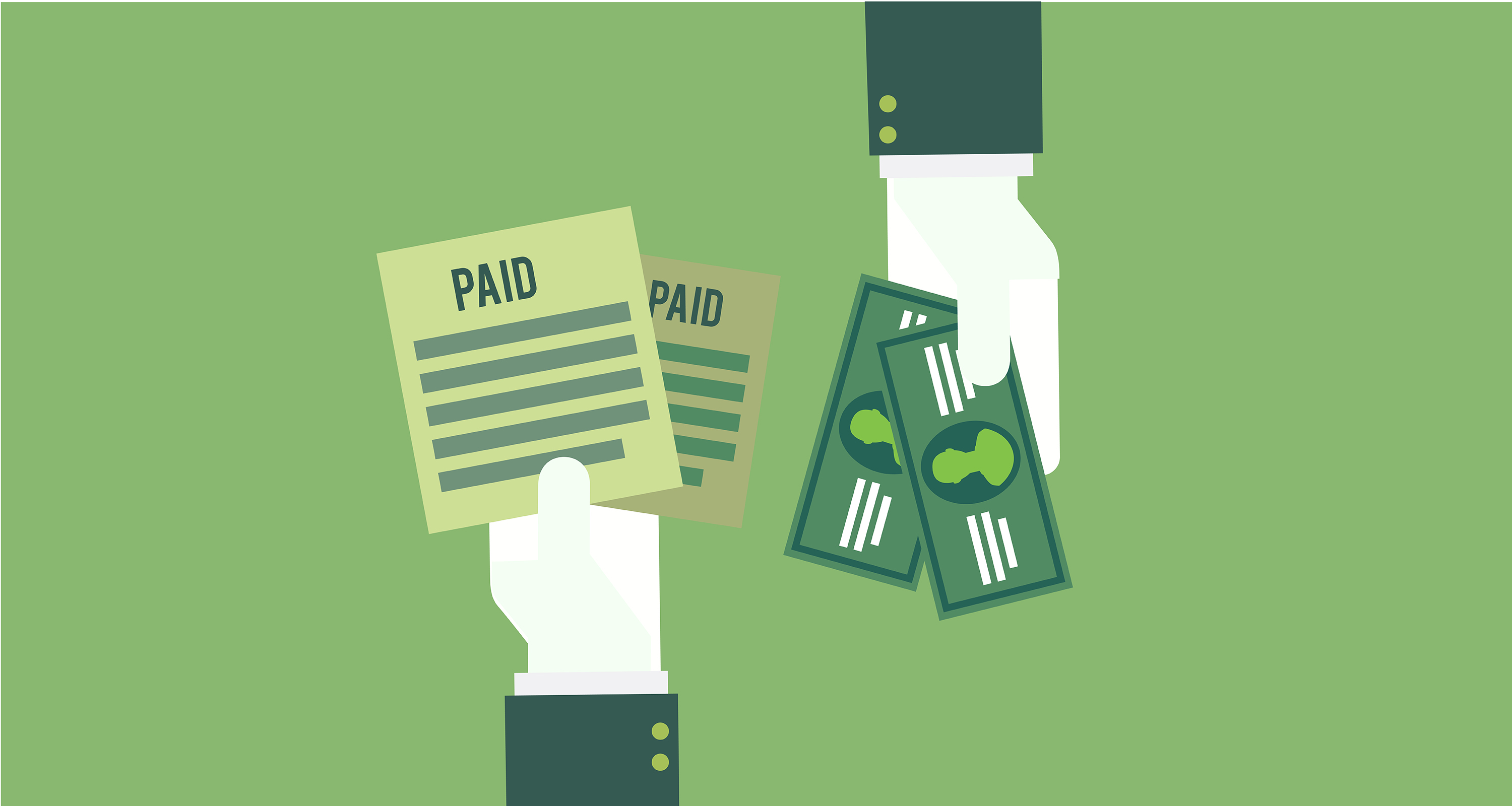Hiring a freelancer is beneficial to both parties involved: it gives small business owners access to services without having to hire a full-time staff member while allowing creative professionals the flexibility to work for themselves. One of the pitfalls of freelancing, however, is not knowing exactly when you’ll get paid.
We’ve found that 58% of all freelancers will end up getting stiffed at some point. Whether you’re a freelancer trying to get paid or a small business owner new to outsourcing work, learn some new and unusual methods freelancers may use when the invoice goes unpaid.
Table of Contents
ToggleOffer an Early Payment Discount
Freelancers can avoid payment complications from the get-go by offering clients a discount for paying early. This usually ranges between 5% and 10% and serves as a tempting incentive for clients to not only pay on-time, but in advance.
Send the Invoice Repeatedly
They say that the third time’s a charm, so clients can expect to receive an invoice multiple times: via email, snail mail, and a phone confirmation. It’s harder to avoid paying someone you talk to regularly, so taking the extra step to make a call can quickly bring closure to any payment issues.
Charge a Late Fee
If the early bird discount didn’t work, freelancers can also try negative reinforcement by charging a 2% or more late fee. This can either be a one-time fee or compounded monthly, depending on how severe the freelancer wants to be. If the client simply hasn’t made closing out the invoice a priority (rather than having cash flow issues) then this method can light the fire to bring out the checkbook.
Talk to Someone in Billing or Finance
The success of this tactic varies depending on how large the hiring company is. If the company has a billing or finance department (or even one staff member devoted to such matters) give them a call to find out what the hold up is. This often helps freelancers understand the reason behind the late payment.
Go Up the Corporate Ladder
If a freelancer has the boss’s information, it’s easy for them go one up and lodge a complaint. This may be embarrassing for the freelancer’s contact at the firm. However, it can get the ball rolling for collecting on the invoice.
Kill Them with Kindness
It always pays for freelancers to start off being nice, because it makes the client feel bad about not paying. Another way to induce guilt is to request a testimonial for the freelancer’s website or portfolio. As the client writes nice things about the completed work, they will hopefully realize that it’s time to submit payment.
Hire Some Muscle
Many freelancers have long-term relationships with their clients, making it difficult to lay down the law when it comes to getting paid. If that’s the case, consider hiring another freelancer to serve as a personal assistant / informal collection agent. The client may respond more efficiently when having to explain their lack of payment to a stranger.
Make It Personal
It’s fairly easy to find personal information on the Internet these days. Wise freelancers use this easy access to their benefit. Use social media sites like Facebook to find a client’s spouse or parent and let them know about the payment problem.
Or Make It Public
If talking to a spouse was unsuccessful, it may be time for a public shaming. Freelancers have taken to social media platforms like Twitter and Facebook to out deadbeat clients on their missed payments. There’s even a website called Clients from Hell dedicated solely to freelancers complaining about bad customer experiences.
When All Else Fails, Turn the Killswitch
This step really only applies to web developers, and it’s pretty drastic. When working on a client’s website, freelancers can include coding from CSS Killswitch that will black out the website. The client can always get someone skilled enough to turn off the program. However, it certainly sends a strong message: pay up! Note: I’m personally not a fan of that one but you can do it.
Some of these tactics are simply good business practices, while others involve some risk. Freelancers can tuck these tips away for dealing with unresponsive clients and small businesses can better appreciate the importance of paying on time.

















